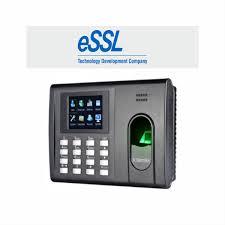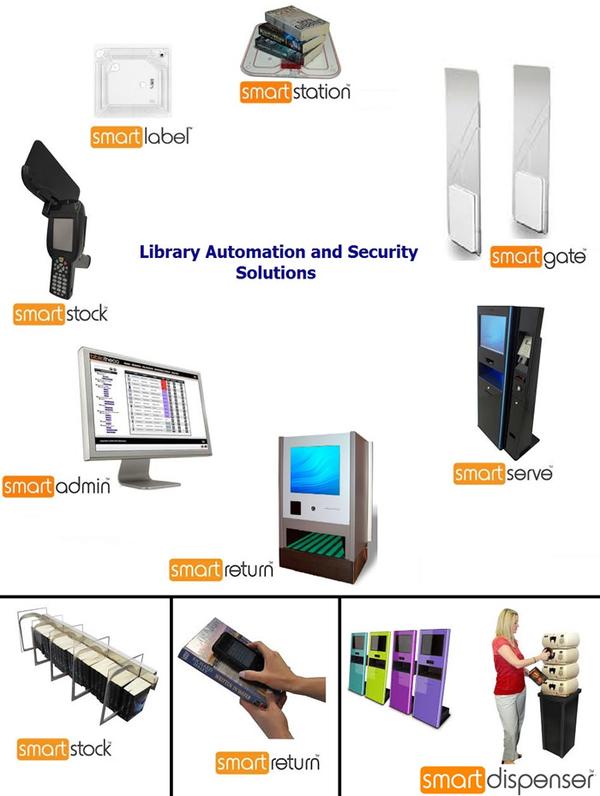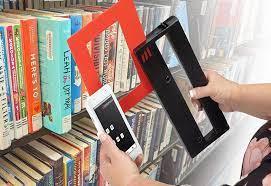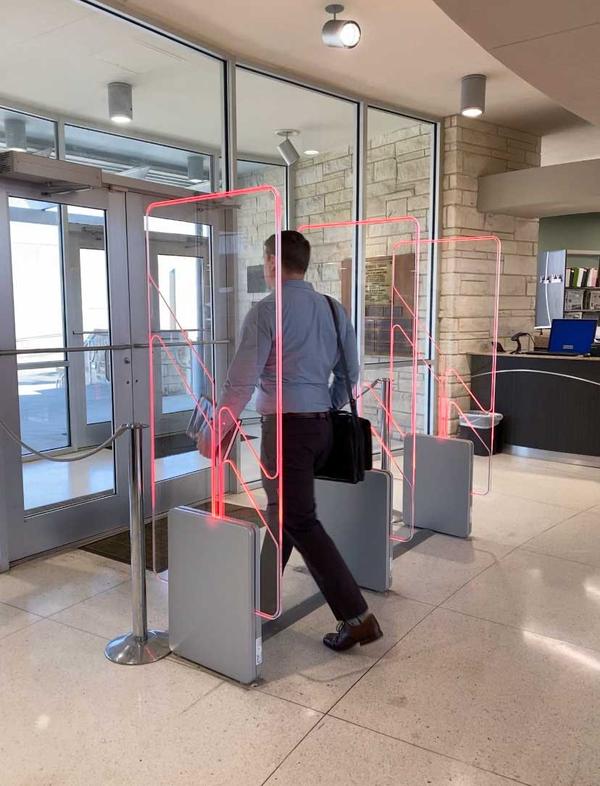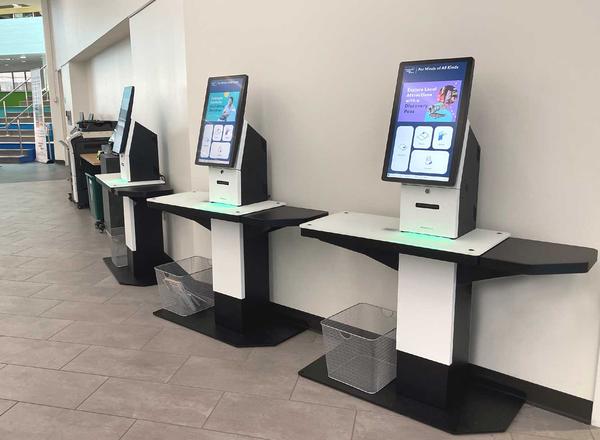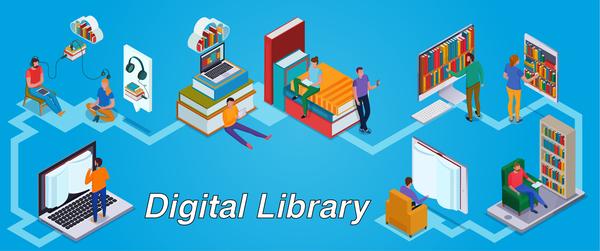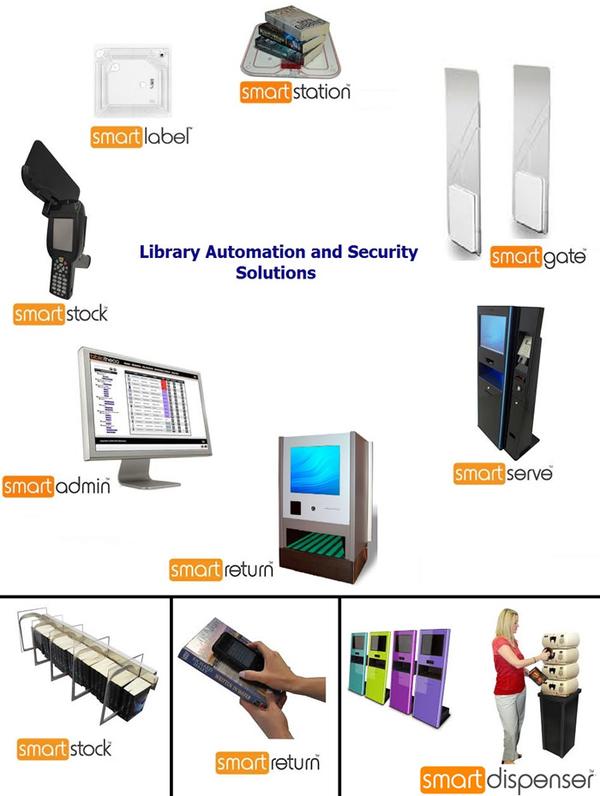Upgrade your workforce management with our advanced Attendance Machine — designed to automate employee time tracking with accuracy, security, and convenience. Ideal for offices, factories, schools, and retail businesses, this device streamlines attendance logging using biometric or RFID technology. Whether you need to monitor clock-in/out times, generate reports, or integrate with payroll software, this attendance system is a reliable solution that fits all business sizes. Authentication Methods: Fingerprint, Face Recognition, RFID Card, or PIN Display: 2.4“–4.3” LCD/Touchscreen Display User Capacity: 500 – 10,000 users (depends on model) Log Capacity: 50,000 – 200,000 entries Connectivity: Wi-Fi, LAN, USB, optional 4G/Cloud sync Software: Included PC software or cloud-based dashboard
Send Message
